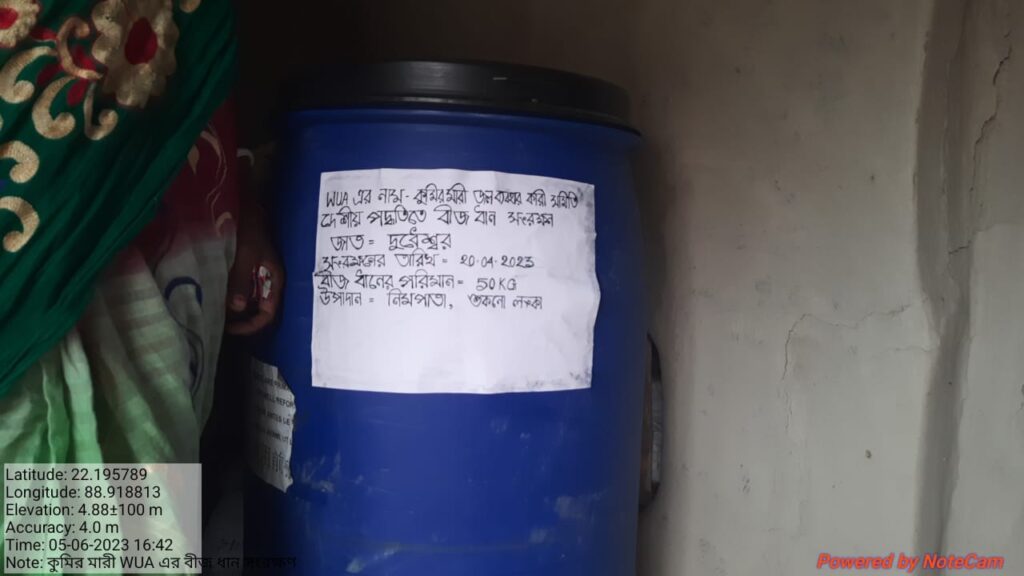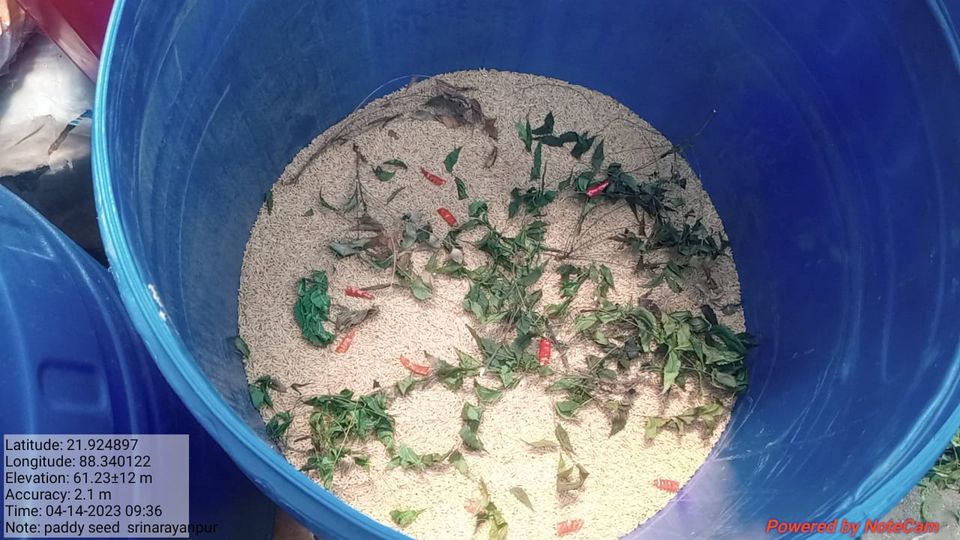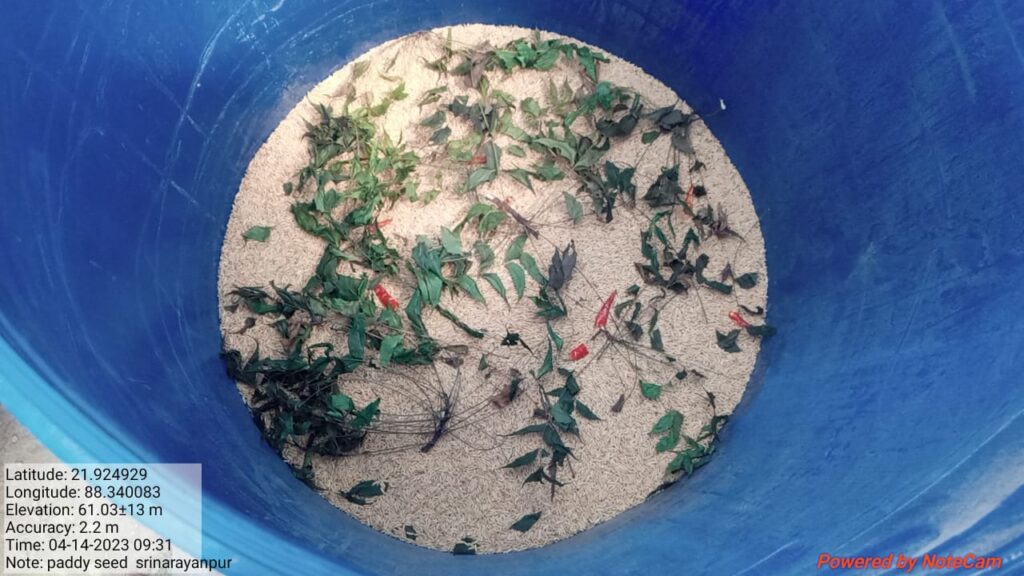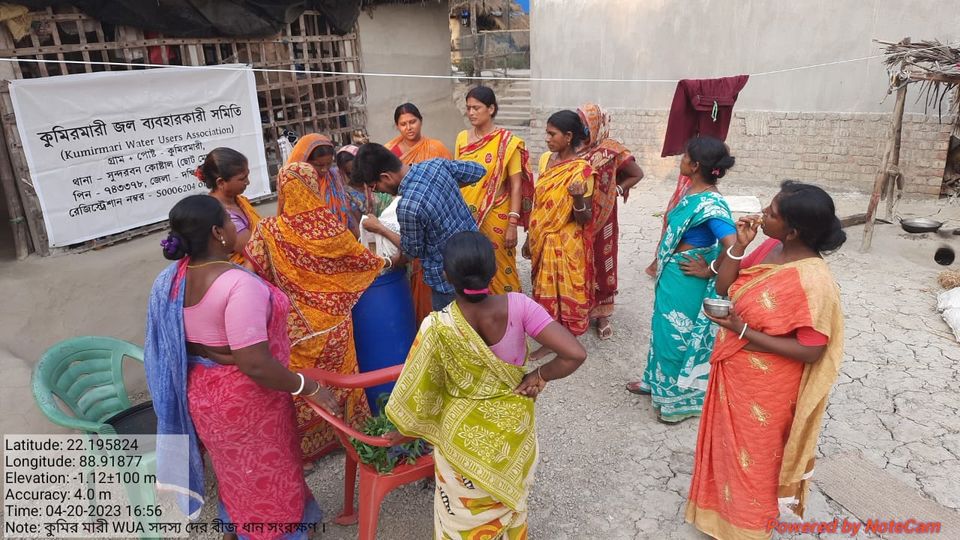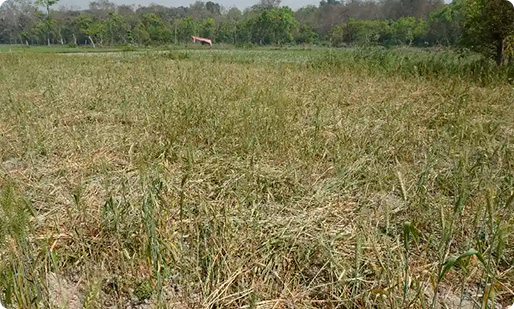NEWS working as a Supporting Organisation (SO), conducted a training program with the Srinarayanpur Water User’s Association (WUA) In the WBADMI project,
In India, more than 70% of the population depends on agriculture for their livelihood. India’s grain production has steadily increased due to advances in technology. However, postharvest loss is at a 10% constant. Losses during storage account for around 6% of the total losses, as proper storage facilities are unavailable. Seed storage is important to maintain the seed’s physical and physiological conditions and to conserve the germplasm for future sowing. In the WBADMI project, NEWS working as a Supporting Organisation (SO), conducted a training program with the Srinarayanpur Water User’s Association (WUA) in Patharpratima Block and the Kumirmari WUA in Gosaba Block. The training program capacitated the WUA members in the preservation of germplasm through an indigenous method that is eco-friendly and easily available. The method of preservation requires the paddy germplasm to be placed in containers with layers of neem leaves and dried red chillies interspersed in the germplasm. Neem leaves are known for their effective insecticidal properties and also act as antifeedants, repellents, and growth inhibitors for storage pests. The pungent nature of dried red chilli also has a repellent effect on insects.
